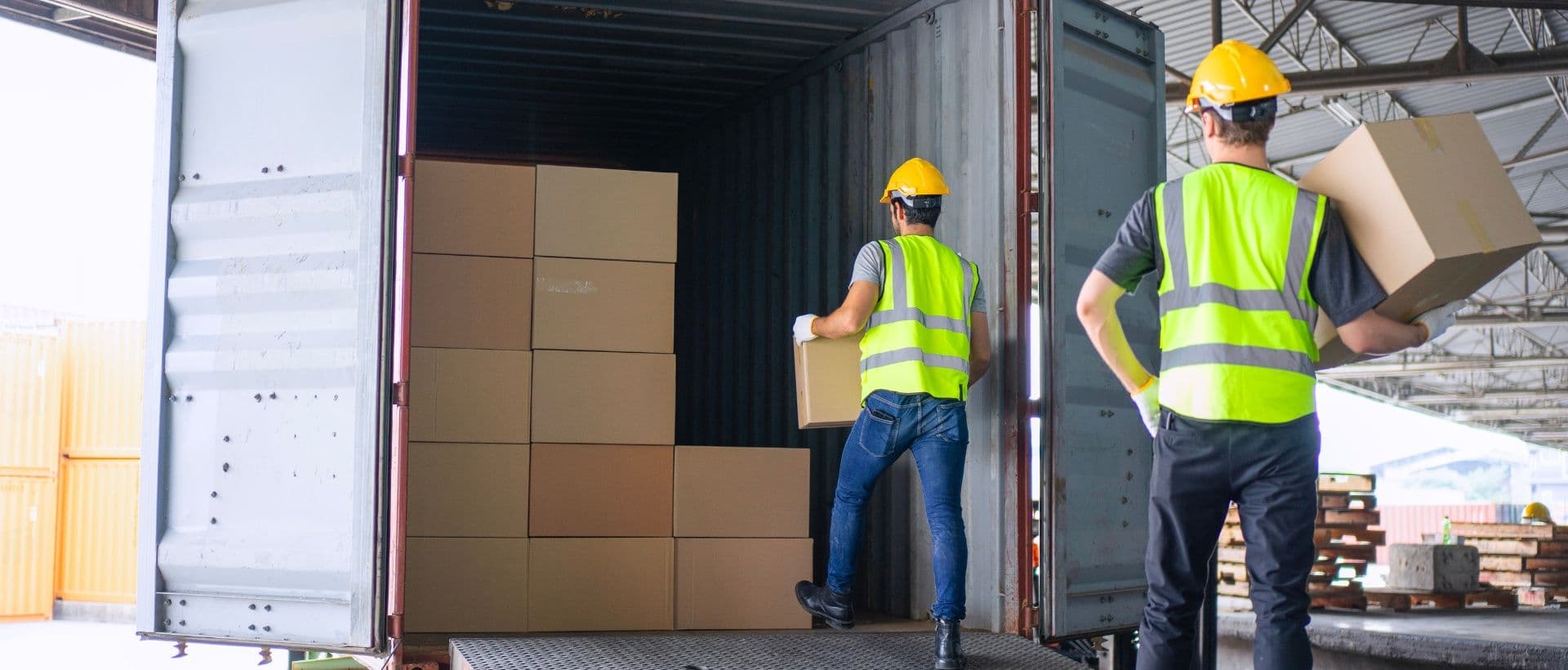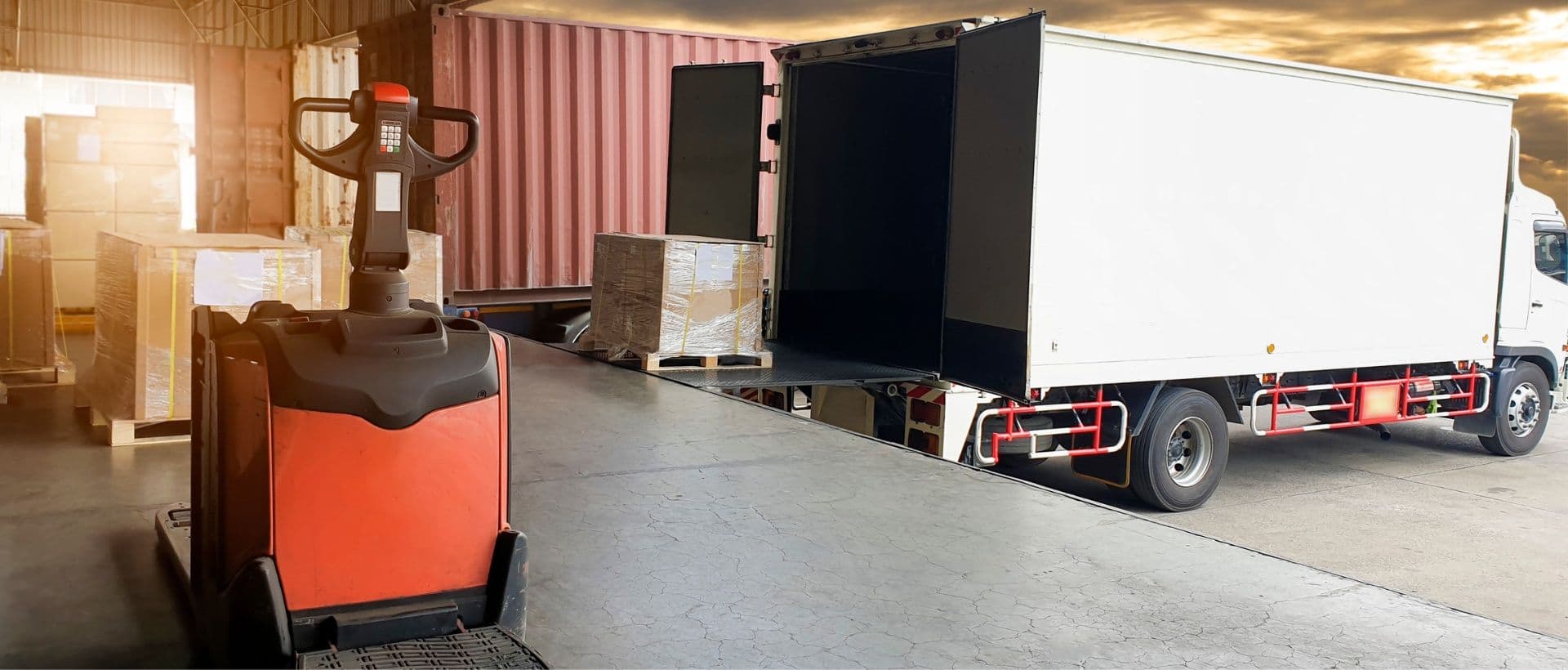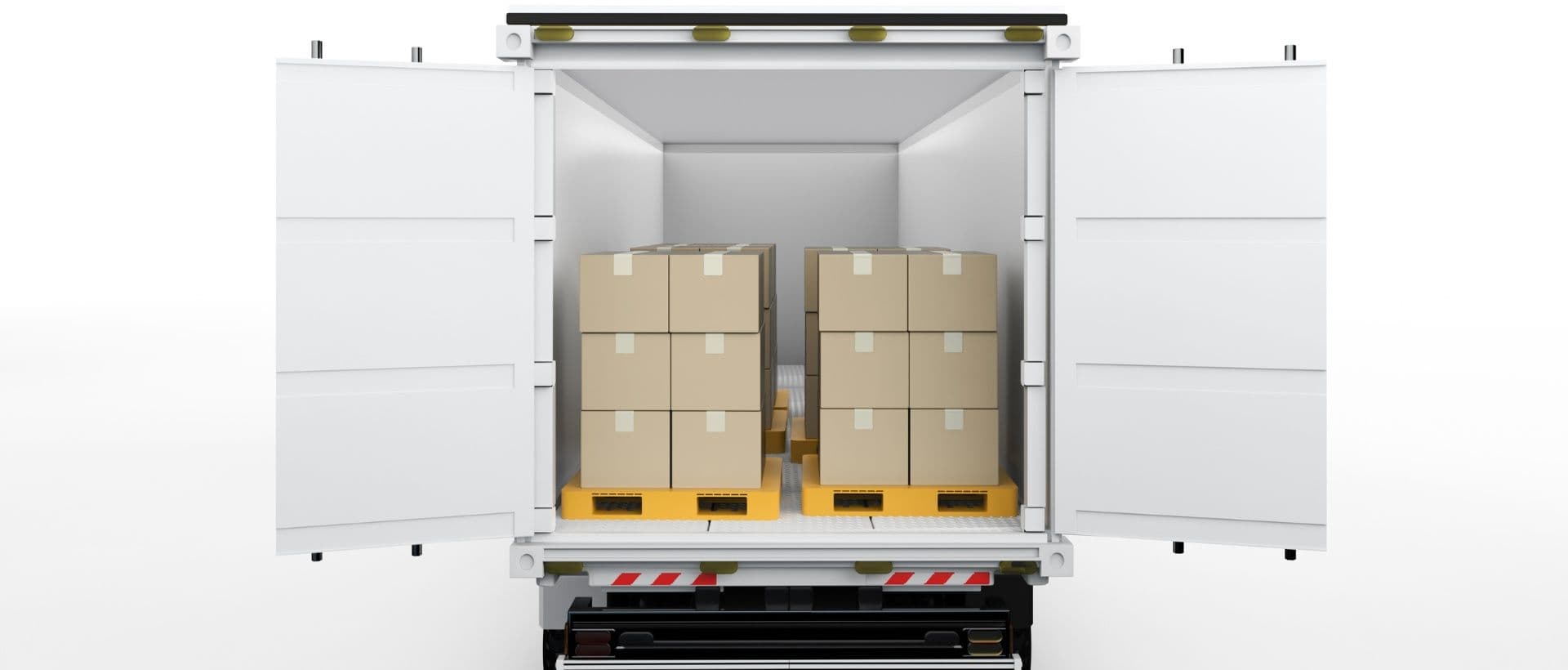
When a business needs to ship goods that don't fill a whole truck, they usually go with (less-than-truckload) LTL freight shipping.
This method not only lets companies share truck space but also shares the cost with other shippers. It's a go-to shipping model for small and medium-sized loads.
What Is LTL Freight Shipping?
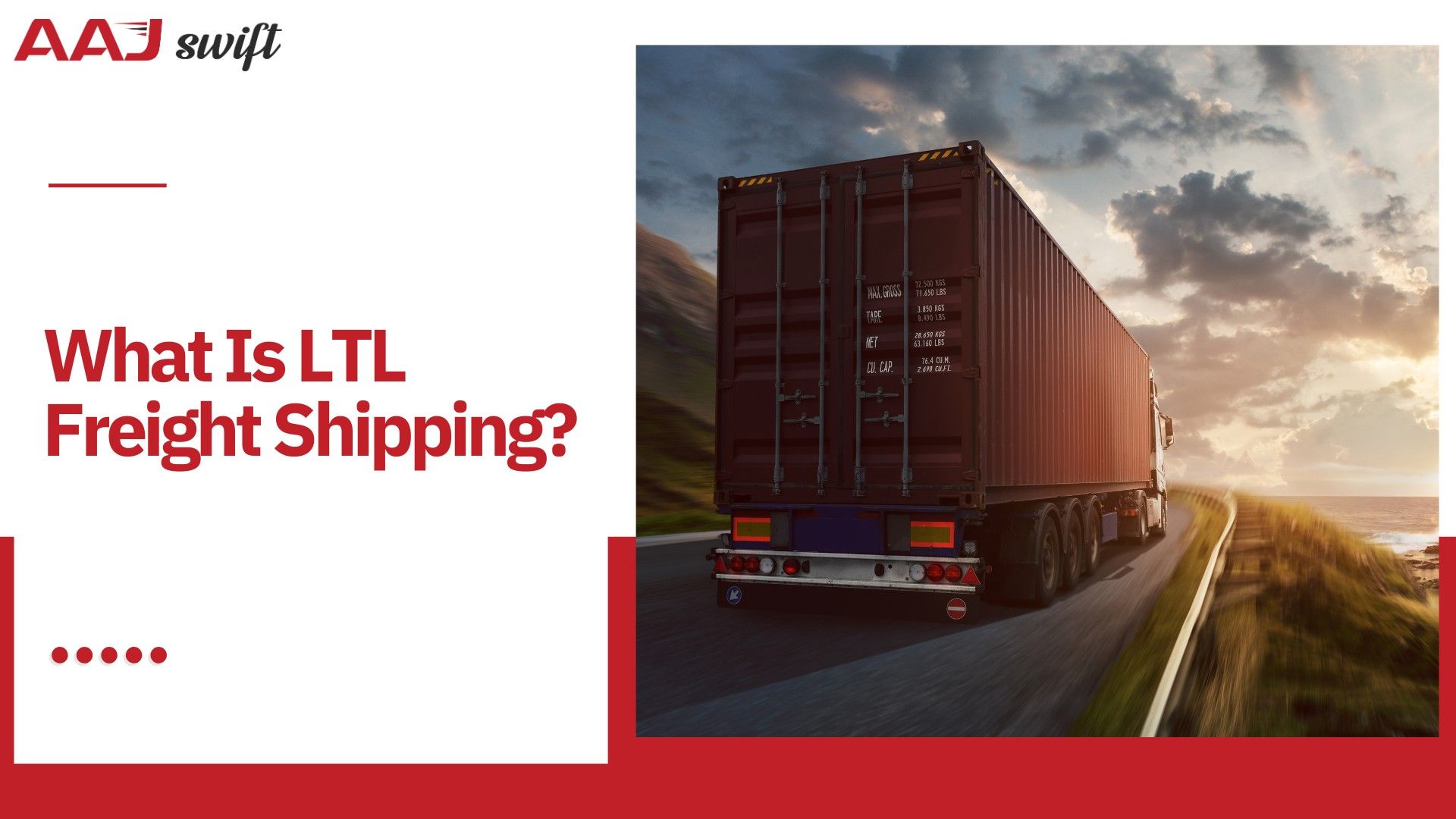
Less than Truckload (LTL) Freight Shipping means several shippers split the trailer space, where each pays for the space their goods use in the truck. Most LTL shipments fall right between small parcel shipping and full truckload.
They mainly use a hub-and-spoke model, which means they pick up freight from different spots and bring it together to a regional distribution or logistics hub.
After that, the consolidated freight travels to destination hubs, and partnered local services deliver the goods to final destinations.
This system allows logistics companies to maximise truck space, which finally results in savings for their shippers.
How LTL Freight Shipping Works?
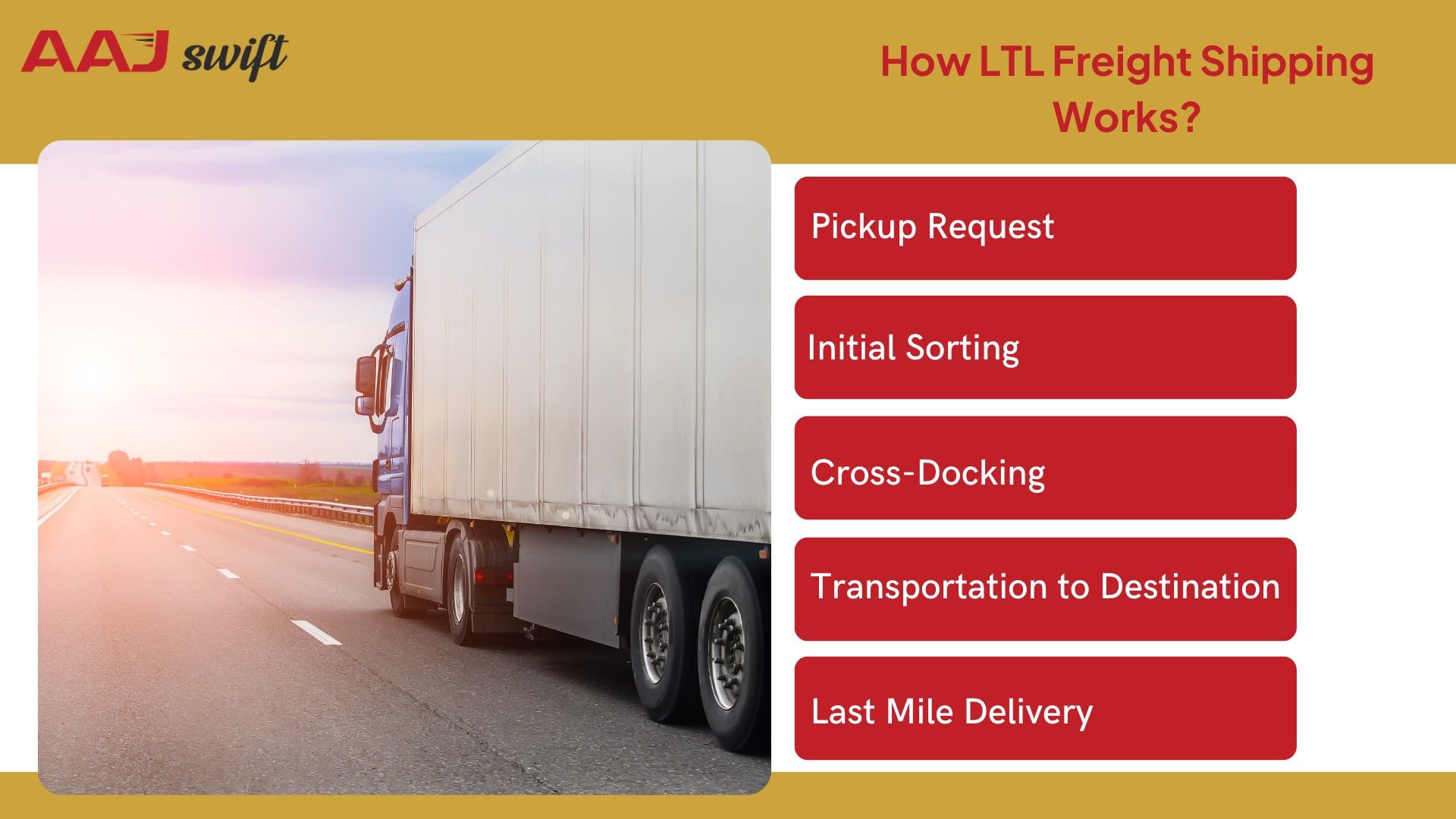
LTL freight shipping runs on a hub-and-spoke network whose only goal is to make the most out of every trip while keeping the costs down.
Step 1: Pickup Request
Shippers contact the regional hub and prep their freight and paperwork. This includes documents such as Good Transport Receipts (GTR) that have shipment details: weight, dimensions, destination, and pickup location.
Step 2: Initial Sorting
Local hubs collect freight from nearby businesses and ship it to regional hubs. After that, regional hubs consolidate shipments that are heading in the same direction.
Step 3: Cross-Docking
Cross-docking speeds things up: workers move freight straight from inbound to outbound trucks, skipping storage.
Loading and unloading:
- Freight gets sorted by destination.
- Heavy stuff goes in first for stability.
- Fragile items get special care.
- Paperwork travels with every shipment.
Forklifts and pallet jacks are the tools of the trade, moving freight safely between trucks and terminals.
Step 4: Transportation to Destination
Cross-docked trucks depart for the destination city/region that usually follows planned routes.
Once they reach the destination terminal, freight is unloaded and sorted by regional delivery routes.
Step 5: Last Mile Delivery
Local drivers organize the shipments by delivery routes and handling services. Some main standard delivery services are:
- Liftgate service is a lifesaver when there's no loading dock, especially for heavy shipments.
- Inside pickup and delivery means drivers go inside to get or drop off freight.
- Residential delivery covers small deliveries usually for homes and apartments.
- Appointment scheduling is usually for installing devices/applications at home/office.
Pros and Cons of LTL Freight Shipping
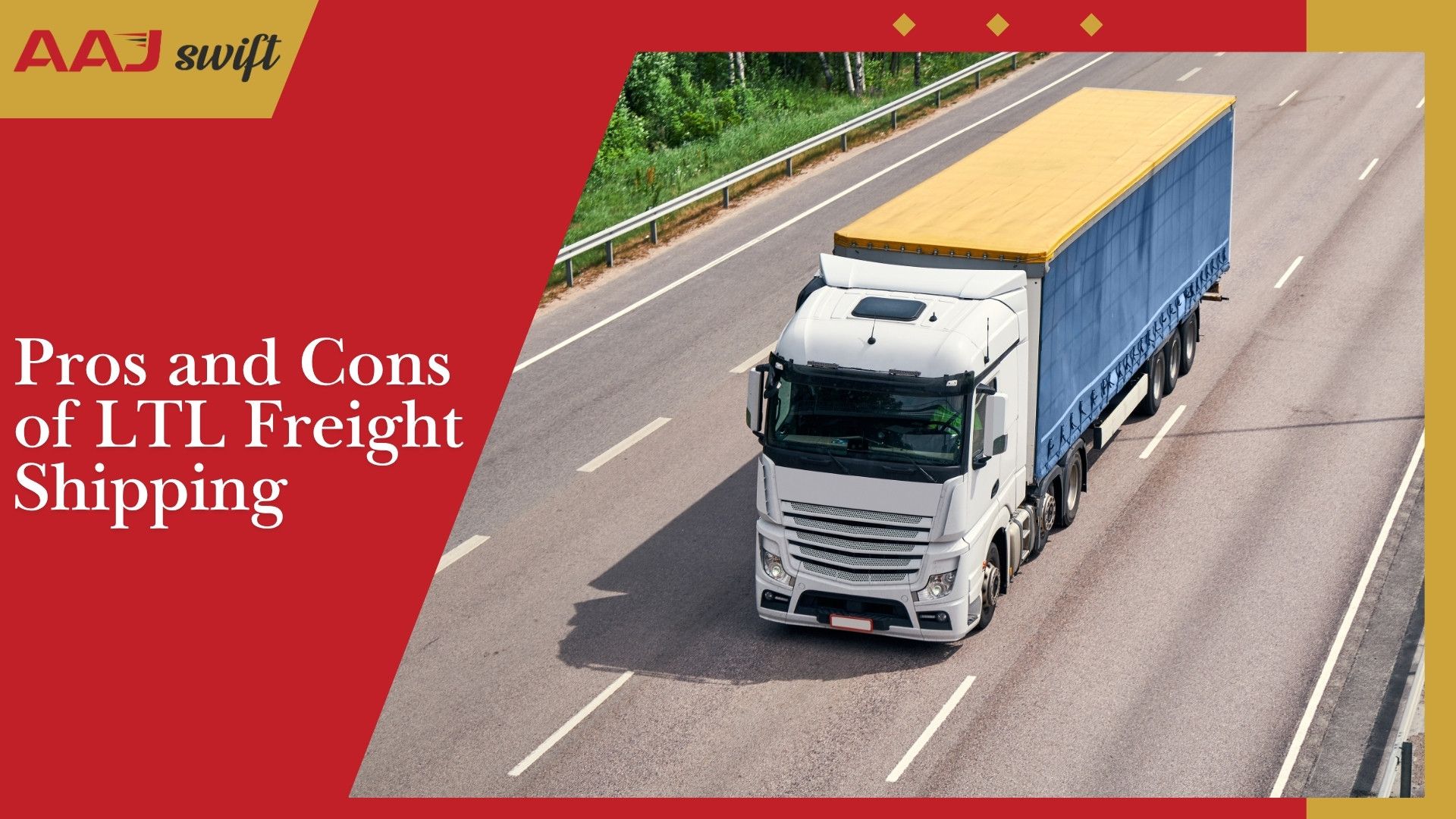
Pros of LTL Freight Shipping:
- Cost: You only need to pay for the space that your freight uses, which cuts the cost of booking FTL shipping.
- Great for small businesses: There is no pressure for a small business to fill the whole truck, thus even a tiny shipment gets space.
- Flexible shipping: No need to ship a big shipment periodically, when you can ship small shipments when your customer wants. This reduces delivery time.
- Solid tracking systems: Most LTL logistics provide live GPS tracking for the trucks.
- Environmentally friendly: Combining loads in one truck means less fuel burned, which dramatically cuts the carbon footprint.
- Professional handling: A reputed LTL logistics company knows how to handle all sorts of goods. This increases the safety and unboxing experience of customers.
Cons of LTL Freight Shipping:
- Longer delivery times: Because of multiple stops and cross-loads, their delivery time is usually longer than FTL services.
- Higher damage risk: Your freight shares spaces and gets handled more. This increases the chance of damage while loading and unloading.
- Less control: Transport service providers pick the routes and schedules, and you need to rely on them for the delivery route and timing.
- Classification issues: If you send wrong freight information, then the sortation will hike the price accordingly.
How to Choose the Right LTL Freight Shipping Partner in India?

You can't go wrong with the cheapest PTL transport partner; you'll definitely save on your shipping costs.
Right? That's a totally wrong approach. Choosing a correct logistics company must not solely depend on finding the cheapest rates.
It's more about finding a logistics company that aligns with your (A) best route for your goods, (B) service requirements, and (C) budget to avoid any additional operational costs.
There are some pointers that you should focus on:
- Regional: Consistent local routes within zones/cities.
- National: Pan-India Coverage (like AAJ Swift has).
- Partnership network: mostly for remote areas and final-mile delivery.
- Shipping Types: Standard and express deliveries with a guaranteed time.
5 Essential Questions that you should ask a LTL Freight Logistics provider, other than the above pointers:
- Can you accommodate flexible pickup schedules?
- What are your weight and size limitations?
- Do you offer reverse logistics services?
- What tracking systems do you provide?
- Do you provide insurance coverage options?
Conclusion
So, are you still searching for an LTL Freight shipping provider/logistic company? We're here to serve you with the best service at cost-effective pricing.
Within the last decade, AAJ Swift has built a reputation in dealing with all types of shipments. We deliver to both cities and those out-of-the-way rural areas.
Why is AAJ Swift the best option in LTL?
- Cost effectiveness: Only pays for what you use. No hidden cost.
- Safe handling: Have a professional team to handle all sorts of items.
- Live tracking: You always know where your shipment is.
- Wide courage: Pan-India reach.
So, are you ready? We're here to make logistics easier and less stressful. Contact us now.

